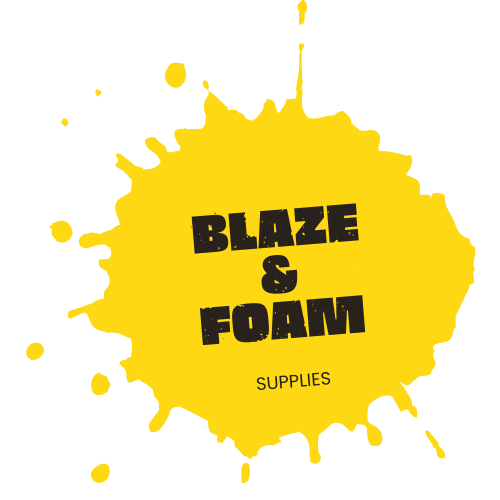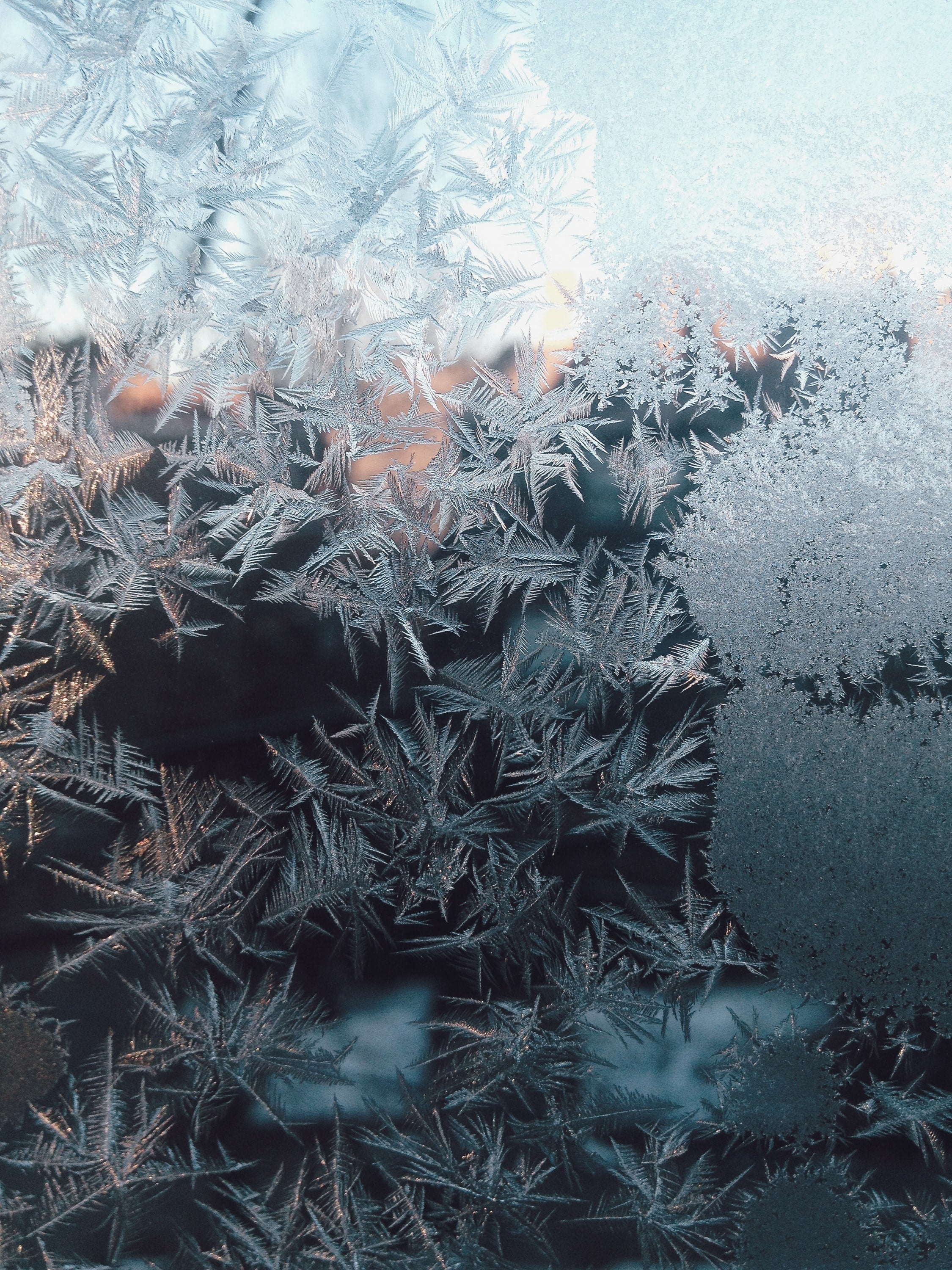Let's get down to the nitty-gritty of candle creation: measurements. We're not talking about the "approximate handful of this and a pinch of that" approach – oh no, we're talking about scientific precision here. We're diving into the age-old debate: weight versus volume. So, let's light up the path to clarity!
The Scale Saga:
A candle is like a delicious recipe, but instead of flour and eggs, you've got wax, fragrance, wicks, a fancy glass, and perhaps a sprinkle of dye. Now, imagine trying to recreate that perfect candle again and again without a reliable instrument of measurement. You need the Yoda of scales – digital, accurate, and ready to weigh your candle components like a pro. Consistency is your best friend in this craft.
The Big Debate: Weight vs. Volume:
Now, here's the million-dollar question: when you're in the candle testing zone, do you go for weight or volume measurements? It's like choosing between lifting a dumbbell or filling a cup with water – both have their perks, but which one wins the candle making gold medal?
Weight Wins the Crown:
Ladies and gentlemen, drumroll please, because the winner is WEIGHT! When it comes to candle making, weight takes the cake (or should we say, the wax). Unlike those confusing milliliters, grams are like the universal currency of precision. It's like speaking a language everyone understands.
Water Wisdom:
In the land of measurement, water is the ruler. A litre of liquid water tips the scales at a kilogram – it's like a beautiful math ballet. And, since we're in the business of wax and fragrance, know this: candle wax and fragrance oils are water's lightweight cousins. Candle wax floats around with a relative density of 0.9, giving it a 10% less weight than water.
Temperature Twists:
Volume's like that unpredictable friend who changes moods with the weather. It's like Cinderella's shoe, it might not fit all the time. Temperature, different waxes, and varying oils play with volume like a cat with a ball of yarn. That's why 1 liter of fragrance oil A can look totally different from 1 litre of fragrance oil B. Sneaky, right?
Density Drama:
But wait, there's more! The density of fragrance oils can make one bottle look fuller than another, even if they weigh the same. Think of it as the magician's trick where the same amount of water can fill two glasses – it's all about how they play with space.
Why Weight? A Few Good Reasons:
Fragrance oil capacity (or fragrance load) is a real weighty affair. It's the amount of fragrance your wax can hold, and it's always measured in weight percentages.
Wax and fragrance oil are sold by weight, not by volume. It's like buying your groceries in pounds, not gallons.
The final weight of your candle matters, especially for shipping. No one cares about the volume – it's all about the kilograms.
Conclusions:
Imagine trying to measure your candle ingredients by density – it's like doing calculus when you just wanted to bake cookies. Let's keep it simple. Weight is your buddy in the candle-making journey. It's straightforward, universally understood, and won't play tricks on you like volume might. So, get yourself a trusty digital scale – it's like your sidekick on this epic candle quest.
Candle Making: Where Science Meets Magic:
Creating candles is part science, part wizardry. And with the right measurements – courtesy of your digital scale – you'll be mixing magic potions (wax, fragrance, and more) like a true sorcerer. So, grab that scale, let the precision begin, and may your candles shine bright!




Leave a comment
All comments are moderated before being published.
This site is protected by hCaptcha and the hCaptcha Privacy Policy and Terms of Service apply.